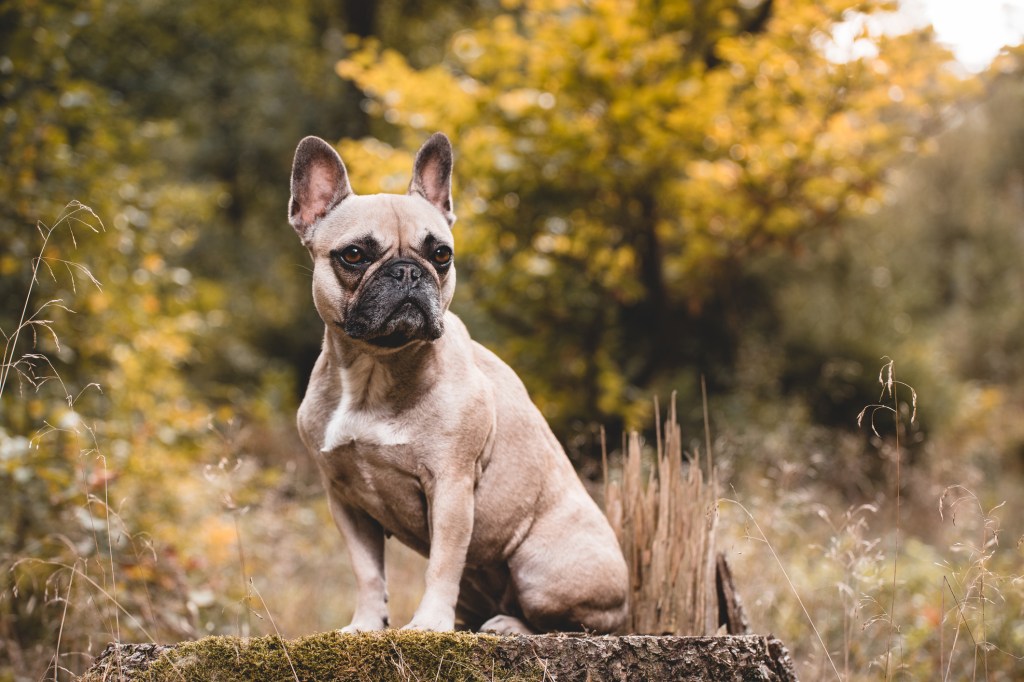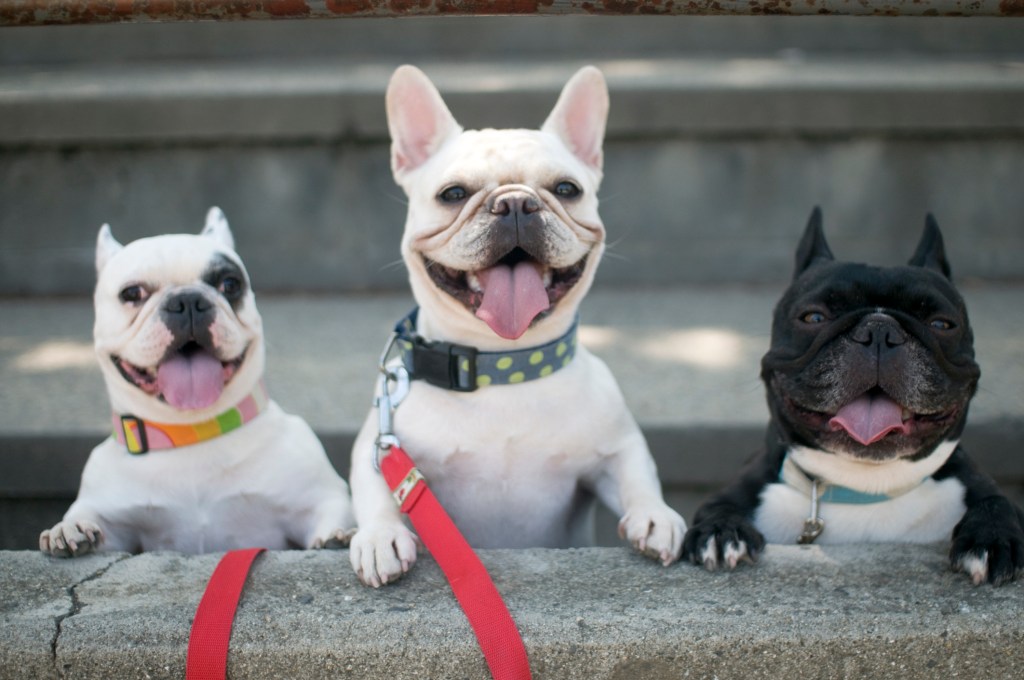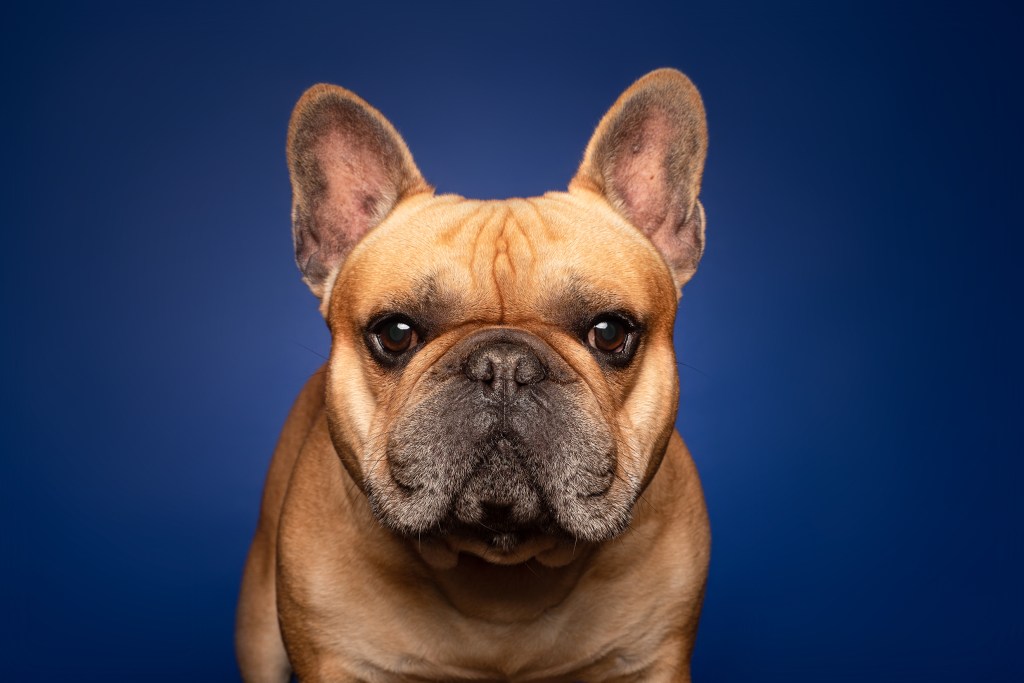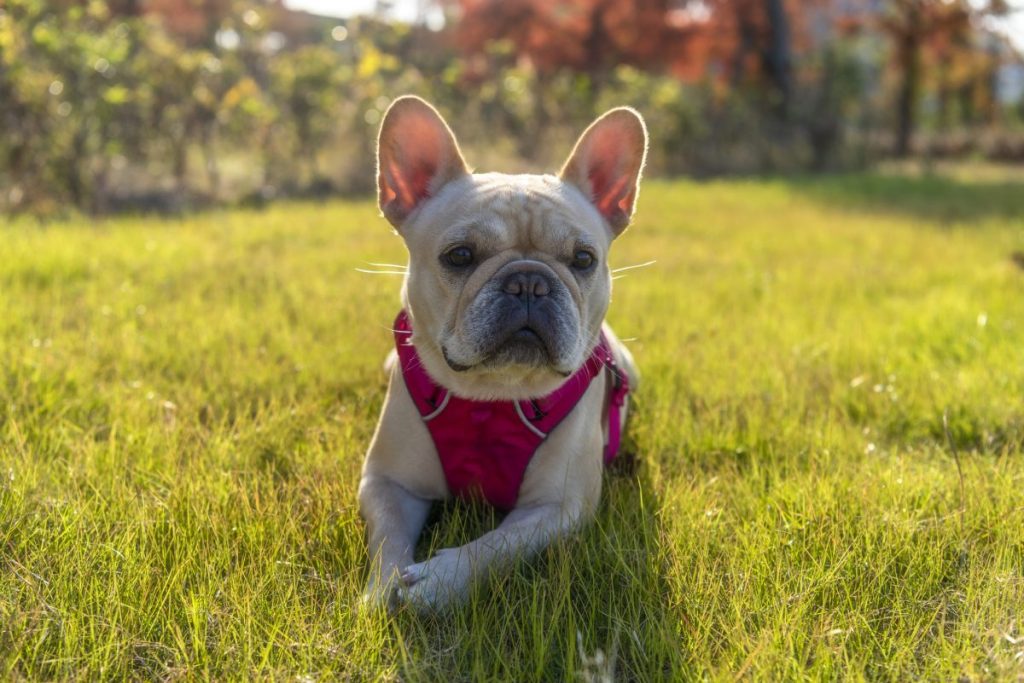It’s hardly surprising why the charming French Bulldog has become one of the most popular dog breeds in America. These small canines, with their engaging personalities and compact size, make ideal pets. Consequently, there has been a surge in the number of French Bulldogs registered with the American Kennel Club (AKC) over recent years.
However, these cute small pups haven’t always been as popular or trendy as they currently are. So, what led to the rise in popularity of this breed? How did they become the beloved dogs we know today?
How the French Bulldog originated

The origins of your adorable, snoring Frenchie can be traced back to ancient Greece. In fact, they share some ancestry with powerful breeds such as the Molossus — a prominent war dog — and the Great Pyrenees. While you won’t find an actual specimen of this breed in existence today, you can observe their characteristics in some descendant breeds like the Mastiff, French Bulldog, and the Bullenbeisser — a breed now extinct. If we were to write a novel about the French Bulldog’s history, this would just be the beginning of their adventurous journey.
According to scientists, wolves were first domesticated about 14,000 years ago. Jumping ahead to the era of Ancient Rome, one can find the earliest mentions of what would eventually become the Bulldog. In their writings, there are references to broad-mouth dogs fighting alongside humans in battle. These tough and fierce canines established the roots for the line of working dogs that would eventually evolve into the English Bulldog.
The controversial sport that shaped Bulldogs
The word “Bulldog” first surfaced in literature between the 1500s and 1600s. These medium-sized dogs were initially involved in bull-baiting in England. In the disputed blood sport, a bull was typically matched against another animal, often a dog. This demand for strength and ferocity helped mold Bulldogs into muscular animals with broad mouths. Their robust frames improved their odds in fights against these formidable creatures. English Bulldogs were used in bullfighting until the Cruelty to Animals Act prohibited the sport in 1835.
The Frenchie we adore today is probably a descendant of the toy version of the once-popular English Bulldogs used in bullfighting matches. Their smaller size might have been created through crossbreeding with Terrier breeds.
In the 1850s and 1860s, these small English Bulldogs were quite popular with lacemakers from the English Midlands. As these craftsmen were engaged in their work, these tiny pups were often found nestled in their laps. Moving away from their roles as working dogs, these miniature Bulldogs have transformed into the cherished family pets we are familiar with today.
The rise of French Bulldogs in society

Before the Industrial Revolution, French Bulldogs lived a peaceful existence in England. However, the advent of technology and innovation during the era took over cities and rural countryside. Subsequently, the machines introduced to the textile industry led to the replacement of the skilled artisans who previously handled the work.
As a result, English lacemakers moved to Normandy, France, in search of employment. In the process, they took their miniature Bulldog companions along with them. These dogs were ideal for the restricted space of the apartments where the lacemakers resided. Moreover, these Bulldogs played an additional role as rat catchers. They helped reduce rat infestations in congested city dwellings.
After these dogs settled in France, they quickly gained popularity in their newfound home. The little, friendly Frenchie rapidly became a sought-after companion across all social strata of French society — including among everyday traders and laborers, artists, and even upper-class ladies. With their escalating fame, an increasing number of English breeders started exporting their miniature Bulldogs, leaving very few of these canines in their native land.
The French Bulldog variety gradually distinguished itself from its English counterparts over time. These dogs were notably smaller, with a weight of about 12-15 pounds. They also had upright or rose ears and a minor underjaw. Eventually, these compact and short dogs came to be referred to as “Bouledogue Français,” or French Bulldogs.
Formation of the French Bulldog Club of America
The French Bulldog gained significant acclaim in Western Europe. However, it wasn’t until the late 1880s that the breed made its way to the United States for the initiation of an American breeding program. This was the time when a more standardized breed started emerging. Contrary to their European counterparts, French Bulldogs in America were primarily owned by high-society women and prominent families, including the Rockefellers and J.P. Morgans.
Following their relocation to the United States, the French Bulldog debuted at the Westminster Kennel Club Show in 1896. Ever since, they have maintained their popularity in dog shows. Furthermore, this first display significantly influenced the development of the breed. During this pivotal show, dogs with both rose ears and bat ears were presented. Yet, only those with rose ears were selected by the judges.
American breeders, in a state of fury, established the French Bulldog Club of America. This club immediately undertook the task of forming the breed standards for the modern French Bulldog, including the unique small erect bat ears, which the breeders adored. Following the formation of the French Bulldog Club, the breed was formally recognized by the AKC as distinct from the English Bulldog. In 1912, the French Bulldog was officially granted its name.
From high society craze to post-war decline
The French Bulldog experienced great success and popularity in the United States. By 1906, they reached the rank of the fifth most popular dog breed. High-society women were particularly fond of them, even willing to pay as much as $3,000 for one of these highly desired dogs. This trend continued until the onset of World War II.
Following the war, the breed’s demand started to wane. Jim Grebe, a historian from the French Bulldog Club, suggested that this decline might be attributed to the breed’s difficulties with natural births and the reduced interest in purebred dogs during the Great Depression and World War II. By the 1940s, the American Kennel Club had registered only one hundred French Bulldogs.
Throughout the period of history between World War II and the late 20th century, French Bulldogs remained somewhat uncommon. Most of the French Bulldogs registered during this period had brindle coats. However, a breeder named Amanda West popularized the cream and fawn variants in the 1950s through her successful breeding practices. Despite their huge success in dog shows, there were rising concerns about the breed’s continuity. As such, it left many wondering if there is a possibility of the French Bulldog becoming extinct in the future.
The celebrity influence on French Bulldog popularity

Renewed interest in the breed didn’t occur until the 1980s. However, the resurgence in their popularity effectively put an end to fears about the French Bulldog’s extinction. Jim Grebe credits the breed’s success to the revitalization of the French Bulldog Club of America and the launch of “The French Bulletin” — a dedicated magazine for the French Bulldog.
Nowadays, French Bulldogs often appear in magazines, television, movies, and on social media platforms such as Instagram. These pups are a favorite among celebrities like Lady Gaga, Hilary Duff, Dwayne Johnson, the Beckhams, and the late Carrie Fisher. This celebrity endorsement likely plays a role in the breed’s recognition.
Furthermore, the escalating costs of the housing market have contributed significantly to the popularity of French Bulldogs. The high expenses associated with owning a home have caused a considerable number of younger people — who make up a significant portion of dog owners — to opt for the convenience and more affordable alternative of apartment renting. With their compact size and placid demeanor, French Bulldogs are especially suited for apartment living. Their preference for a low-energy lifestyle also appeals to those residing in smaller units. Short strolls and indoor play are typically sufficient for this breed, eliminating the need for large outdoor spaces or yards.
In 2013, National Geographic reported the French Bulldog was the 11th most registered dog breed in the U.S. By 2017, the breed had risen to the fourth spot. This marks a significant increase compared to 20 years ago when they were down in the 76th ranking.
Challenges in maintaining breed standards
The increasing demand for French Bulldogs has resulted in a surge in their cost. Many potential owners tend to end up on a waiting list. On average, individuals should anticipate spending between $1,150 and $3,000 on a Frenchie, with the median price being approximately $2,000. If you’re in the market for a top-notch show dog, be prepared to shell out up to $100,000.
While the breed is appreciated by many dog lovers, there are concerns regarding the viability of upholding breed standards, as well as safeguarding the health and welfare of this beloved canine. With the continued rise in the French Bulldog’s popularity, the number of unscrupulous breeders who tend to overlook the health risks to the breed is also growing in order to meet the high demand. These Bulldogs, like other brachycephalic or short-faced breeds, often face difficulties in breathing. Moreover, they are prone to overheating or experiencing breathlessness.
The future of the breed now rests in the hands of their breeders and pet parents. Adopting responsible breeding practices can significantly alleviate the health issues that have been affecting French Bulldogs throughout history. And, in doing so, we can ensure these canine companions who are adored today continue to be cherished for many more years to come.









